Foundation Repair Solutions for Structural Integrity
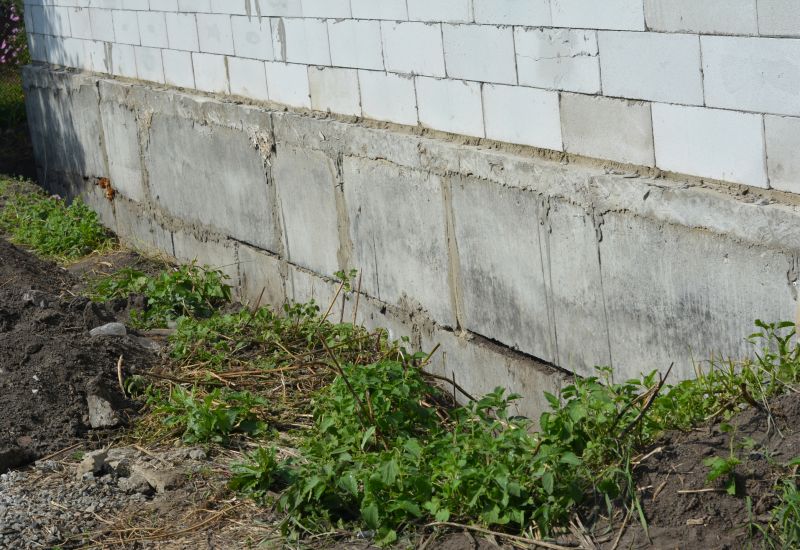
Spring offers moderate temperatures and stable moisture levels, reducing the risk of further shifting during repairs.
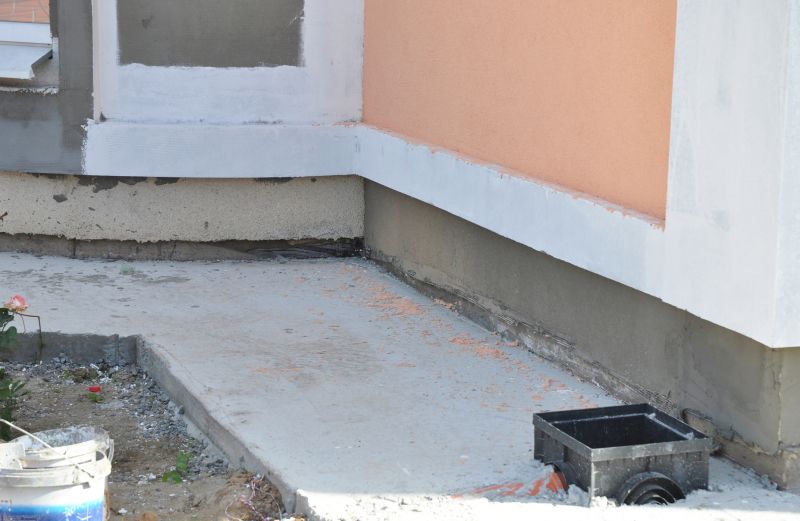
Summer provides longer daylight hours and good weather, ideal for completing repairs efficiently.
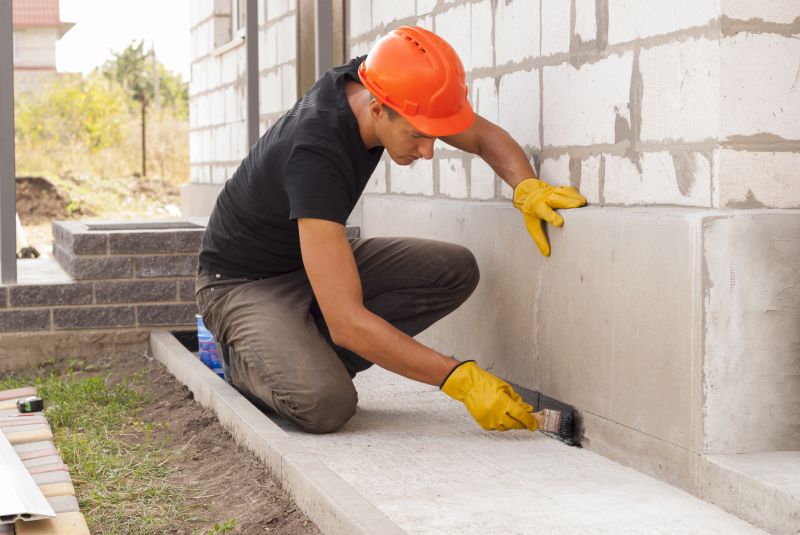
Fall's cooler temperatures and less humidity can help prevent rapid soil movement, making it a suitable time for repairs.

Winter is generally less ideal due to frozen ground and harsh weather conditions that can delay repairs.
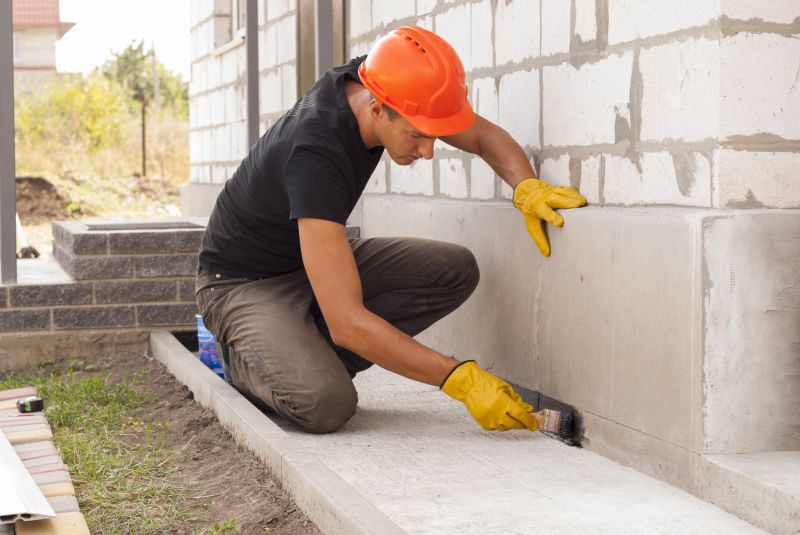
The best time is during mild, dry periods when soil movement is minimal, typically in spring and fall.
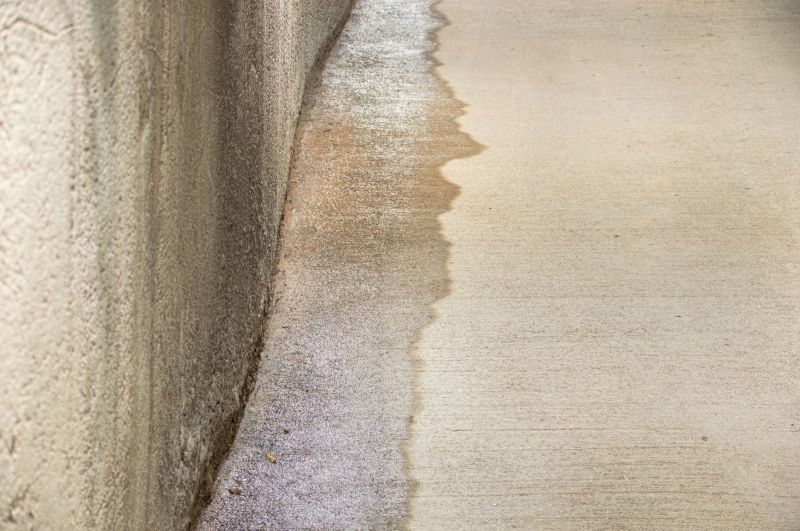
Avoid repairs during extreme weather events such as heavy rain or freezing temperatures to ensure safety and effectiveness.
Foundation repairs are essential for maintaining the structural integrity of a building. Addressing foundation issues promptly can prevent further damage, costly repairs, and safety hazards. Common signs indicating the need for repairs include cracked walls, uneven floors, and sticking doors or windows. The timing of repairs can influence the success and cost-effectiveness of the process, with mild weather conditions generally being preferable.
Statistics show that addressing foundation problems early can reduce repair costs by up to 50%. Seasonal soil expansion and contraction significantly impact foundation stability, making certain times of the year more suitable for repairs. Proper planning and timing ensure that repairs are durable and long-lasting, minimizing disruptions and additional expenses.

Cracks can indicate shifting or settling, often requiring timely repairs to prevent further damage.
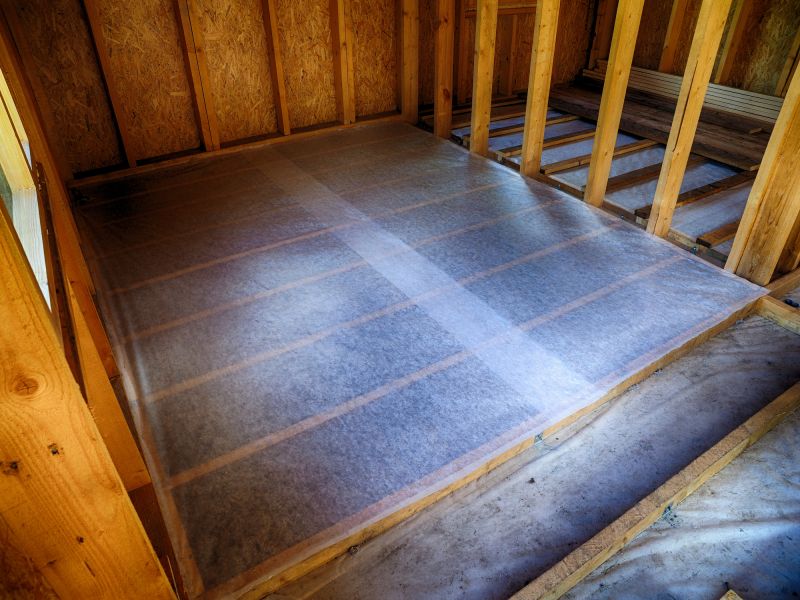
Uneven floors are a common sign of foundation movement needing assessment and repair.

Specialized tools and techniques are used to stabilize and repair foundations effectively.
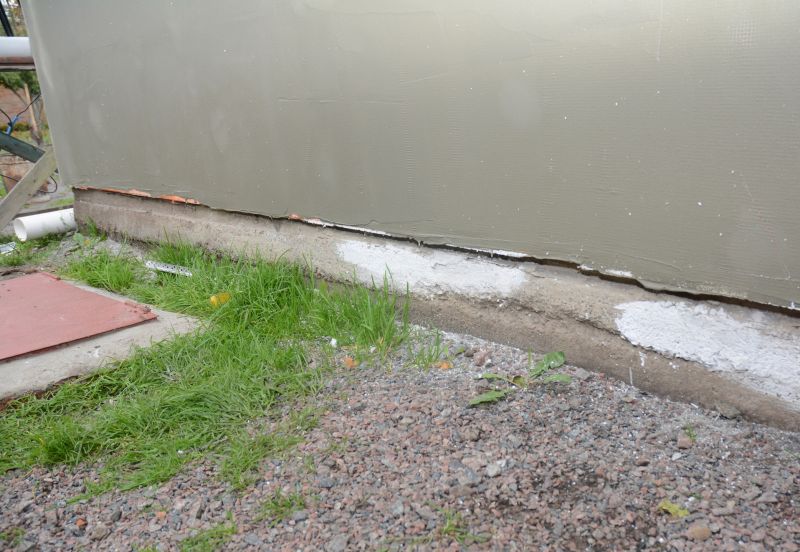
Visual evidence of foundation repair projects showing improved stability.
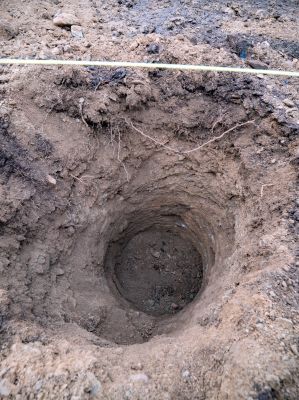
Understanding soil type and moisture levels is crucial for planning repairs.

A common method used to lift and stabilize sinking foundations.
| Season | Ideal Conditions |
|---|---|
| Spring | Moderate temperatures, soil moisture balanced, minimal soil movement |
| Summer | Longer days, dry weather, good for completing repairs |
| Fall | Cooler temperatures, less humidity, soil settling stabilizes |
| Winter | Frozen ground, harsh weather, not recommended for repairs |
Timely foundation repairs can extend the lifespan of a building and preserve its value. Understanding seasonal soil behavior helps determine the most appropriate time for intervention. Consulting with foundation specialists ensures that repairs are scheduled during optimal weather conditions for durability and safety.

Step-by-step procedures for stabilizing and repairing foundations.
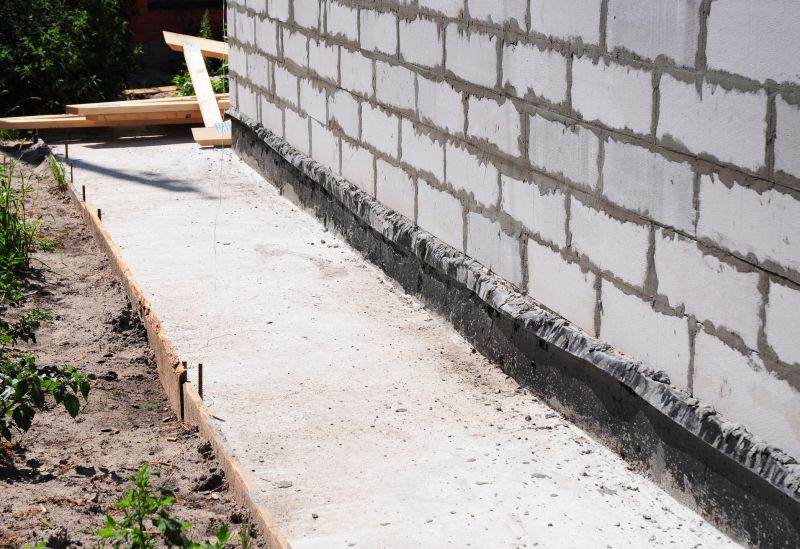
Methods used to prevent further movement and settle the foundation.
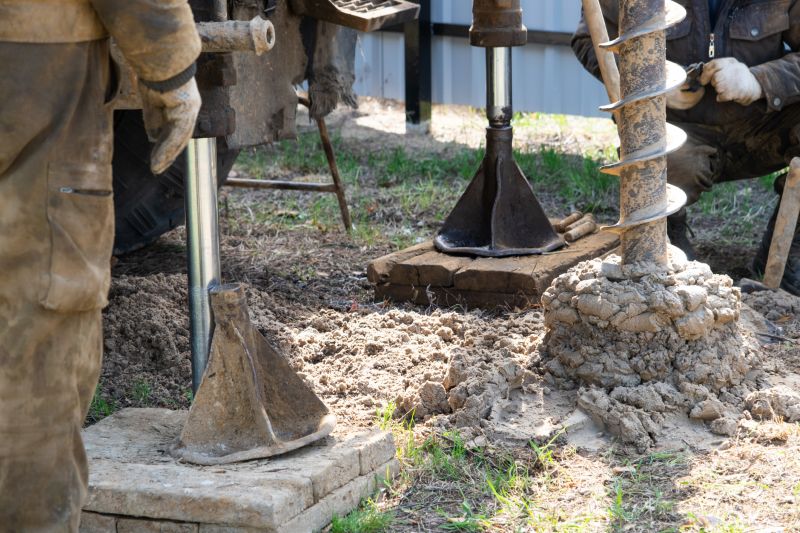
Tools and machinery used in foundation stabilization projects.
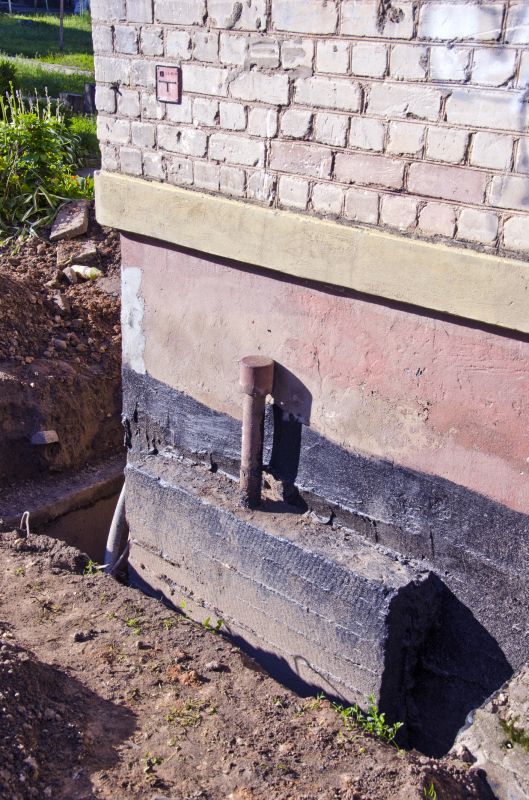
Images showcasing successful repair projects.
Interested property owners in Willoughby, OH, are encouraged to evaluate their foundation's condition and consider repairs during suitable seasons. Proper timing can lead to more effective repairs, lower costs, and longer-lasting results. Contact a foundation specialist to discuss the best approach and schedule repairs at the most appropriate time.
Ways to make Foundation Repairs work in tight or awkward layouts.
Popular materials for Foundation Repairs and why they hold up over time.
Simple add-ons that improve Foundation Repairs without blowing the budget.


